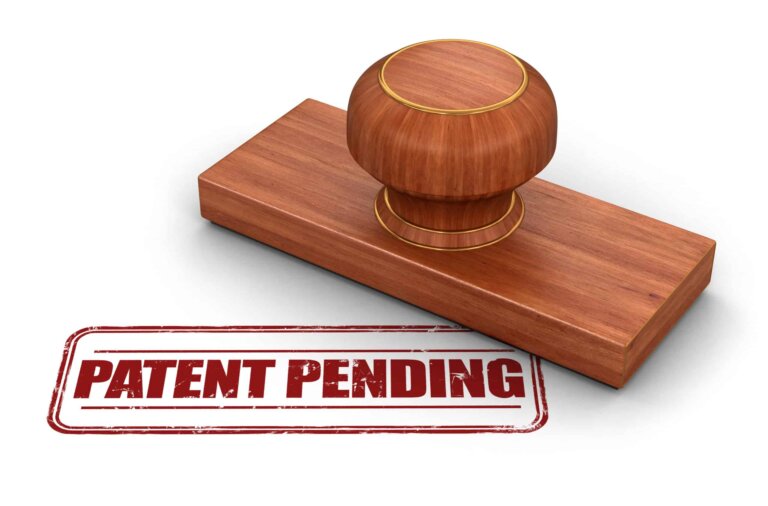The first step to understanding provisional patent rights is to understand the purpose of a provisional application in the first place. This is not your official application; it will help you preserve an earlier filing date. That matters for many reasons, but the most important is that you can feel comfortable taking your idea public.
A provisional patent application can be a great tool for claiming all the rights associated with patent ownership at an earlier stage. Whether it’s right for you will depend on the circumstances involved in both your invention and your plans.
What is a Provisional Patent?
A provisional patent application is often an attractive option as a new inventor gets all their ideas in order. Once filed, you get one year from the application date to turn in a non-provisional application. If you meet that deadline, the provisional application date applies.
Dates are crucial in patent ownership. While every inventor is unique, many have common ideas. Just about any idea you can search in the patent database is going to have a similar counterpart. In cases where ideas are too similar to both be patented, preference will go to the earlier filer.
A provisional patent also increases the likelihood of success in your future application. A provisional patent application does not require you to complete claims, or declarations, which are both extensive sections. These applications don’t go through an examination period, so you also don’t have to disclose prior art. The provisional application gives you time to refine the idea while protecting your legal claims.
Finally, the USPTO filing fees for provisional applications are cheaper than non-provisional ones. Standard-sized companies pay $300, while small and micro entities pay $150 and $75, respectively. When you consider what’s at stake, it’s well worth the investment.
What Provisional Patent Rights Can You Claim?
When you own a patent, you have the sole rights to the ideas outlined in your claims. You can create the product yourself. You can license the patent to someone else, or you can sell it outright.
A provisional patent application does not grant these rights. That is very important to remember. Provisional applications are unexamined and do not lead to the issuance of patents. You cannot claim these rights until you file a non-provisional application and your claims are granted.
However, a provisional application can protect you in other ways as you assert “patent pending” status.
You cannot patent something that is a publicly known fact, design, or process. However, you may want to test-market your invention or gauge investor interest before getting too deep. The patent-pending status you receive as part of the provisional application shields your invention from claims that it’s a publicly known fact.
There is a Supreme Court case that tests the limits of this public disclosure while highlighting the importance of provisional patents. While the stakes in your case might not be quite that high, it’s essential to understand how courts are instructed to handle questions on what qualifies as public disclosure.
Helsinn Healthcare S.A. v. Teva Pharmaceuticals USA, Inc.
In this case, Helsinn sold a proprietary chemotherapy drug to a third party. However, they failed to pursue a patent on that drug until two years after the sale. The company argued that because they sold the drug in a private, third-party contract, the information was not publicly available.
Unfortunately, the Supreme Court unanimously disagreed, holding that even a private sale triggered the public information standard. At that point, the company had one year to file its patent and lost the right to do so when it didn’t. That oversight probably cost Helsinn millions.
With a provisional patent, if someone copies your invention between your provisional filing and your patent issuance, you would be able to pursue them for damages. In essence, your rights under provisional patents protect you during that gap of time when you must go public, but you don’t have a patent. They prevent murky questions about what constitutes “public” that could eventually get a patent rejected.
Of course, all of this is dependent on whether the eventual non-provisional patent application is granted. The downside of a provisional application is that it’s not examined. There’s no indication as to whether you’re on the right track or not.
If you want to truly maximize your provisional patent rights, then you need to work with an attorney. They can ensure that your eventual application is strong enough to trigger all the benefits you gain during this optional but crucial step.
Bold Patents will help you preserve your provisional patent rights with highly detailed legal opinions and expert guidance. Reach out to us online or call 800-849-1913.

